One of the most prominent eye features in Asian is the epicanthal fold (Mongoloid fold) which is a skin fold of the upper eyelid that covers the inner corner (medial canthus) of the eye. The epicanthal fold forms a web across the eye and covers the medial canthus in various degree of presentation. This fold can impair the beauty of the eyelids and makes the eyes look smaller laterally and less desirable.
Classification of Medial Epicanthal Fold:
(1) Type I Medial Epicanthal Fold
- Full exposure of the lacrimal lake
- Absence of epicanthal fold

(2) Type II Medial Epicanthal Fold:
- Partially covers the lacrimal lake
- The epicanthal fold joins the skin at the margin of lacrimal lake

(3) Type III Medial Epicanthal Fold:
- The lacrimal lake and caruncle are covered almost completely
- Fold in the lower eyelid curves laterally to blend in with the lower eyelid skin
- Round medial palpebral fissures
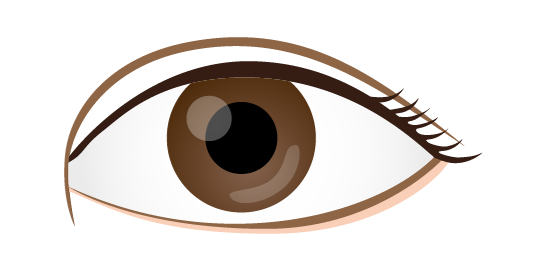
(4) Type IV Medial Epicanthal Fold:
- Rare congenital anomaly of reverse epicanthal fold
- Fold originates from lower eyelid and blends with the upper eyelid skin
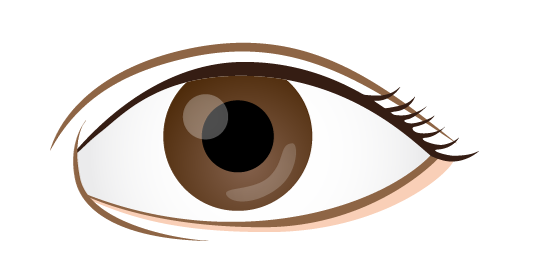
Epicanthoplasty is a type of cosmetic surgery commonly performed in the Asians to attain “Westernised look” by lengthening the inner parts of the eye and making the eye wider. It is also often requested by patients whose epicanthal folds are abnormally large that they negatively impact the appearance and shape of the eyes. Epicanthoplasty releases and corrects an epicanthal or Mongolian fold, which is located either on the inner or outer corner of the eyes. This procedure is often recommended in conjunction with double eyelid surgery for optimal results. Two types of epicanthoplasty can be employed for different aesthetic indication:
(1) Medial Epicanthoplasty:
This cosmetic surgical procedure focuses mainly on the inner corner of the eye by making the eye look bigger and attractive; it can also straighten slanted eyes. It is recommended for people who have the medial epicanthus (Mongolian fold). This surgery can rearrange the skin into a desirable shape or slant by cutting or removing it, and sutures are hidden along the new corners of the eyes. It can be performed alone or together with double eyelid surgery.
Ideal candidates for medial epicanthoplasty:
- Patient with severe Mongolian folds
- Person who desire bigger eyes
- People with a wide gap between the eyes
- Patient with downward sloped inner eye corners
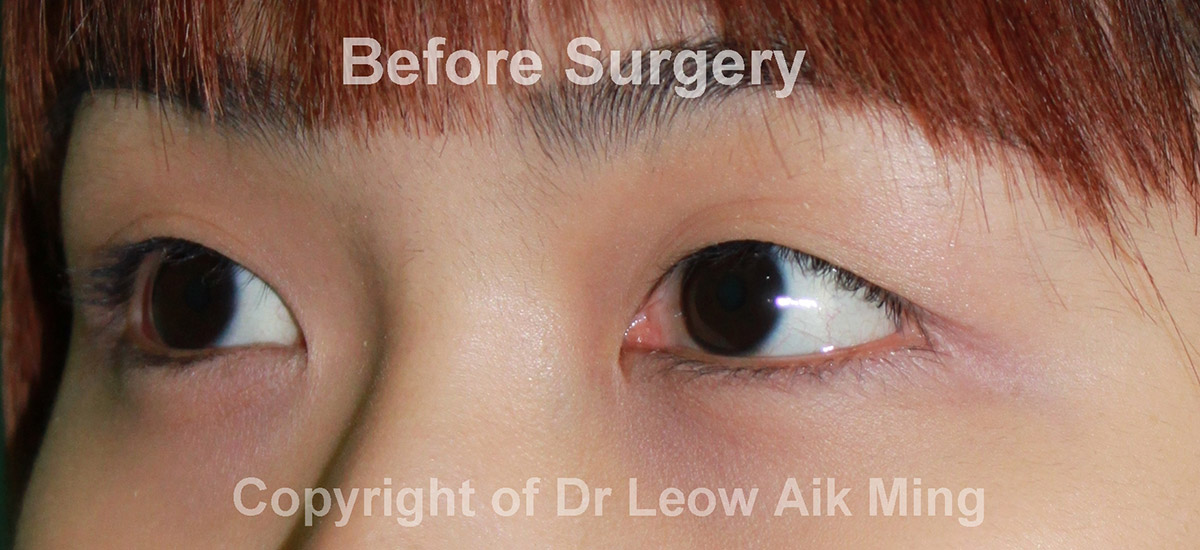
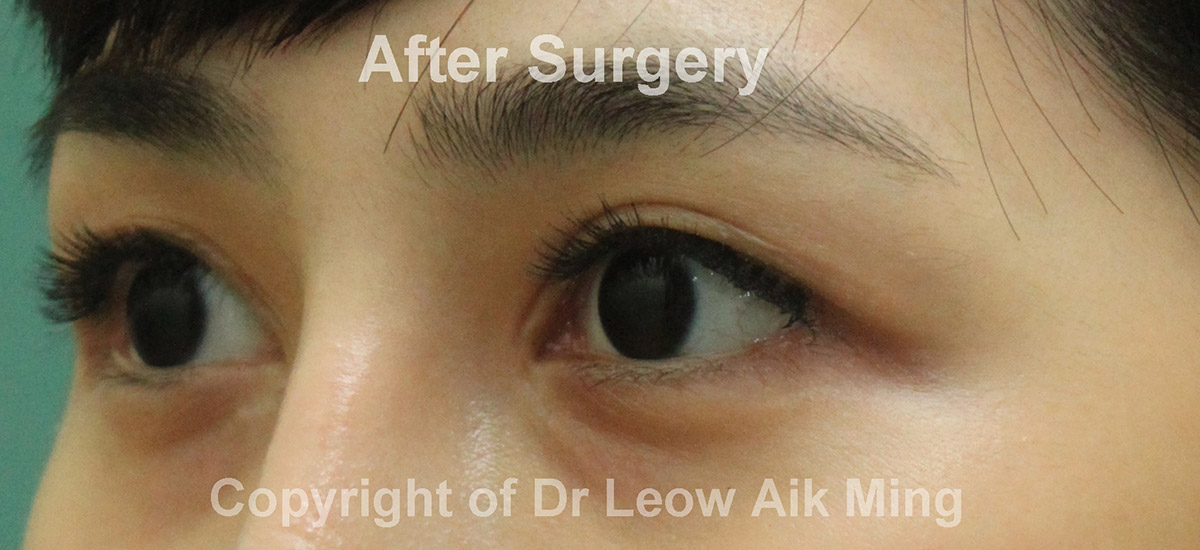
(2) Lateral Epicanthoplasty:
This cosmetic surgery reshapes the outer or lateral corners of the eyes to make the eyes appear bigger and longer horizontally by reshaping the lateral epicanthus. Both the shape and angle of the eye can be corrected through this surgery. It can be performed alone or together with double eyelid surgery.
Ideal candidates for lateral epicanthoplasty:
- Patient who desire bigger eyes
- Person with upward sloped outer eye corners
- People whose eyes are too close for medial epicanthoplasty
- Patient who have a strong and/or fierce image

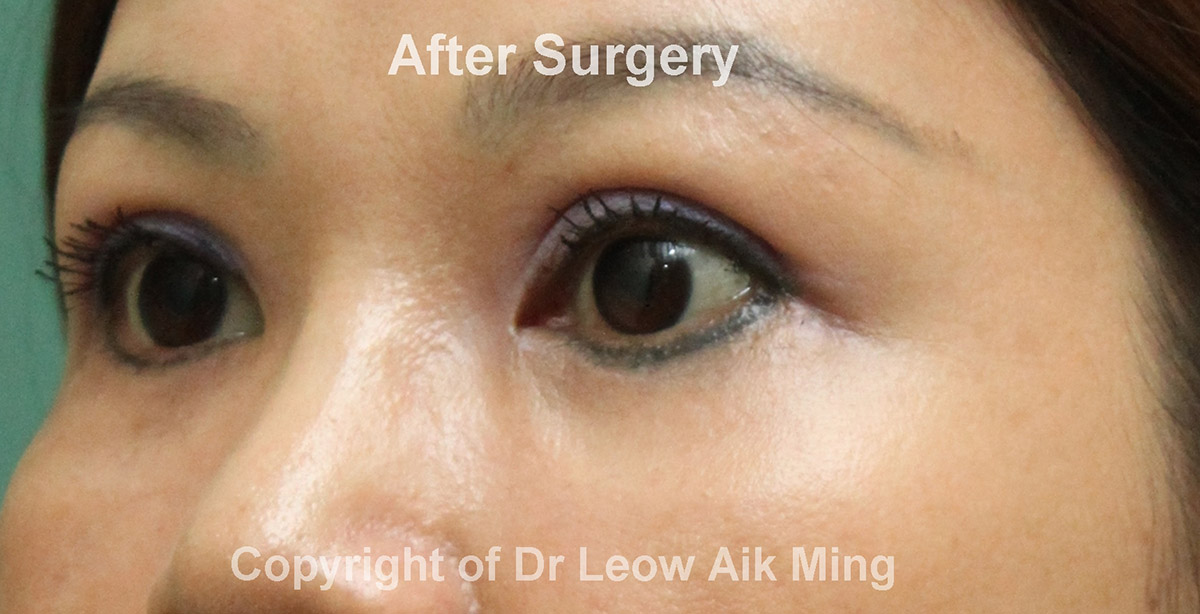
Preoperative evaluation for epicanthoplasty
Communication is vital to achieving the patient’s goals. During the initial consultation, patients will have the opportunity to discuss their goals and desired results with the plastic surgeon. The plastic surgeon will work closely with the patients to reach an agreement about the expectations from the surgical procedures involved and their long term benefits. Every patient is different; therefore a specific treatment regimen is planned to suit an individual’s need.
- Discussion about patients’ expectations and desired outcome
- Medical conditions, drug allergies and previous medical or surgical treatment
- Use of current medications, vitamins, herbal supplements, alcohol, tobacco and drugs
- Discussion of type of anaesthesia
- Examination of the face and periorbital area
- Photography for preoperative and postoperative evaluation.
Preparation for epicanthoplasty
- Get laboratory testing or a medical evaluation
- Adjust your medications if you have certain medical conditions
- Stop smoking and alcohol well in advance of the scheduled date for surgery
- Avoid taking aspirin, anti-inflammatory drugs and herbal supplements before surgery.
The risks and safety information for epicanthoplasty
Patients need to understand that every surgical procedure has its complications and downtime. However, if a patient is appropriately assessed before the surgery and postoperative care is given adequately, these risks can be eliminated or reduced.
Some of the common risks of epicanthoplasty:
- Infection
- Bleeding
- Poor wound healing
- Skin discolouration
- Swelling due to a blood clot or fluid accumulation
- Scarring
- Temporary numbness at operated sites
- Asymmetry
- Possibility of revision surgery
- Anaesthesia risks.
Postoperative expectations
After the surgery, there may be swelling, bruises, discomfort, irritation or dry eyes for several days that can be controlled with oral medications, cold compression, eye drops and ointment. Oral antibiotics and analgesics will be prescribed to reduce the risk of infection and postoperative pain, respectively. Stitches will be removed 7 days after the surgery. The final result of surgery will appear within several weeks, but it may take up to a year for the incision lines to fully refine.
Postoperative care
- Keep your head elevated especially when sleeping for several days
- Regular application of antibiotic ointment and cold compression around the operated areas
- Avoid strenuous physical activities for two weeks
- Wear sunglasses to protect eyes
- Do not wear contact lenses after surgery unless directed by a physician.
How much will an epicanthoplasty surgery cost?
Cost is always a consideration in elective surgery. The cost of epicanthoplasty surgery can vary widely.
The cost of epicanthoplasty surgery may include:
- Surgeon’s fee
- Hospital or surgical facility costs
- Anaesthesia fees
- Prescriptions for medication, and
- Medical tests
Most health insurance companies do not cover cosmetic surgeries or complications. However, when epicanthoplasty surgery is performed for the reconstructive purpose. It may be covered by insurance. Carefully review your policy or find out more from your medical insurance agent.
